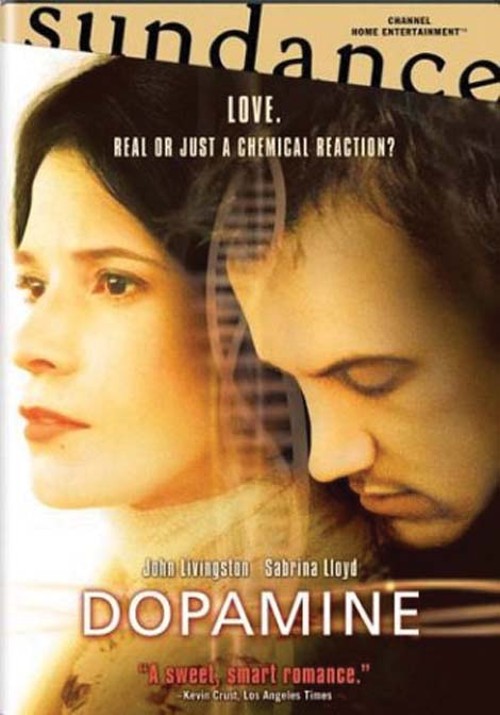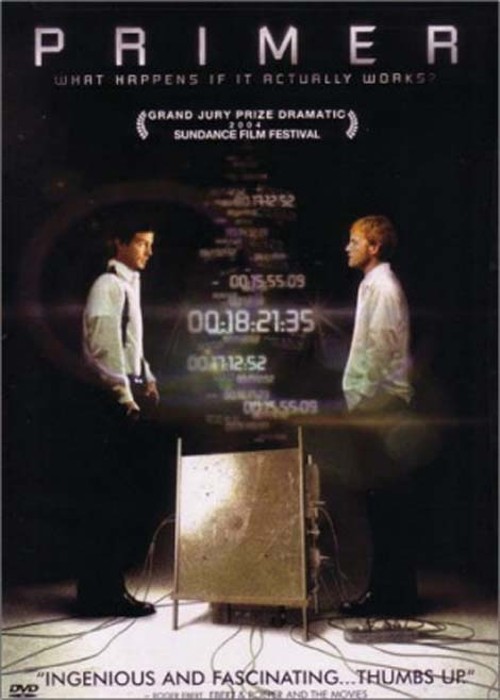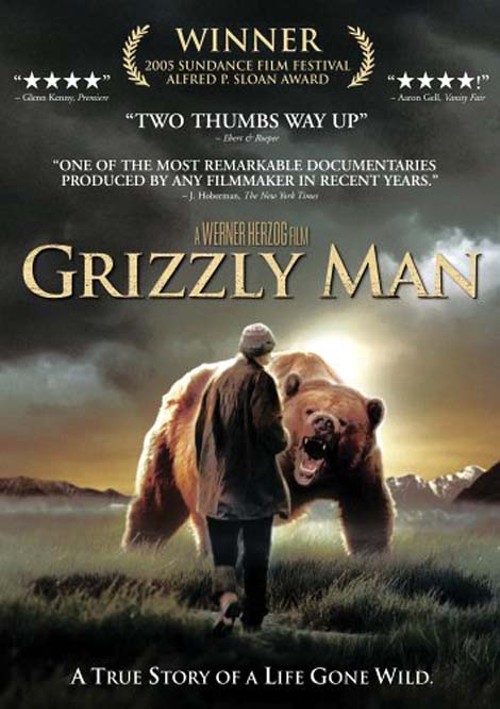The Sundance Film Festival’s Sloan Foundation prize
The Science of Cinema: The Sundance Film Festival’s Sloan Foundation prize captures the link between movies and technology.
By Jacob StringerFor the players, the pairing is naturally perfect. From the moment they joined hands, a slew of projects have been granted development money, and a total of eight films have been awarded the festival’s Sloan Prize—including Werner Herzog’s Grizzly Man, Alex Rivera’s Sleep Dealer and the first winner, Mark Decena’s Dopamine.
With that varied slate, perhaps the greater question is what makes a Sundance film a Sloan film? According to Doron Weber, director of the Sloan Foundation program for the Public Understanding of Science and Technology, various avenues can lead you toward the money. It doesn’t have to be stories that are out there in The New Frontier sense—films about seemingly odd scientific advancements such as the latest in biotechnologies, or even peculiar musical instruments like glockenspiels. “It can be something simple and totally mainstream, too, something as colloquial and seemingly mundane as the television series The Big Bang Theory,” adds Weber. “You can’t really pigeonhole a Sloan film. Each year, even this year, the candidates are very different.”
Last year’s winner, Diane Bell’s Obsiledia was primarily a love story, which might be its primary appeal to an audience. But from the Sloan point of view, it is also an interesting take on technology and how it evolves. The film follows a man who is compiling an encyclopedia of obsolete things, all with the aid of his manual typewriter. Technology in this sense is simply a tool, something that enhances our own abilities in some distinct way—makes us run faster, see better, etc.
“When this succeeds, it actually works as entertainment,” says Weber. “It wasn’t until we had a number of successful projects that people truly understood that films such as The Social Network are, in spirit, Sloan films. Most people see technology as impersonal, but it’s also something that helps to define us as human.”
One film that could be a candidate for the Sloan Prize in 2011 is Braden King’s HERE, the story of a satellite-mapping engineer who conducts a survey of Armenia. In fact, King was the Sloan Fellow at the 2007 Sundance Writer’s Lab, and has returned to the festival with a feature exploring the inner life and emotions of a scientist/engineer.
According to King (pictured at left), artists and scientists are almost like two sides of the same coin. “Both are charting the unknown, attempting to make the invisible visible,” says King. “They inhabit different points on the same wheel. … Cinema is a medium that vividly explores the intersection of science and art. Films require such a great deal of technology—all in the service of personal expression and poetry. You literally cannot make films without a great deal of science, technology and engineering. It’s a real-world example of the ways in which science and art are dependent on each other, and one of the reasons I find filmmaking so inspiring. I can’t think of any other endeavor that is so fully consuming of both the right and left hemispheres of the brain.”
That is precisely why science and independent film do make sense as intimates. And, because this relationship between Sundance Institute and The Sloan Foundation is still so relatively new, the myriad ways you could approach the mission are far from being exhausted.
The fact that both parties are happy about their partnership is great, but that contentment is a result of differing rationale. According to Sundance Film Festival programmer John Nein, Sloan is happy that films such as King’s are achieving exactly what their program aims to accomplish, to foster scientific-themed work and make sure it reaches fruition. “From Sundance’s side, we see just how hard it is to even get an independent film off the ground,” adds Nein. “King’s film not only went through our labs, but now it has returned to the main stage as a fully realized feature.”
King couldn’t agree more: “The lab was a critical step in the development of HERE; the film never would have been realized without the support and guidance of institutions like Sundance and the Sloan Foundation. Receiving that kind of support and encouragement at such a critical moment in a project’s development is priceless. It continues to resonate to this day, on the eve of the film’s premiere. I couldn’t be more thankful for it.”
Try These
| Dopamine (2003) John Livingston Sabrina Lloyd Rated R |
|
| Primer (2004) Shane Carruth David Sullivan Rated PG-13 |
|
| Grizzly Man (2005) Documentary Rated R |
|
| Dark Matter (2007) Meryl Streep Liu Ye Rated R |
More by Jacob Stringer
-
Slamdance 2014
After two decades, Slamdance is experienced in turning failure into fortune
- Jan 16, 2014
-
2013 Utah Beer Festival by The City Weekly Store
- Aug 20, 2013
-
Twilight Concert Series (7.18.13)
- Jul 24, 2013
- More »








